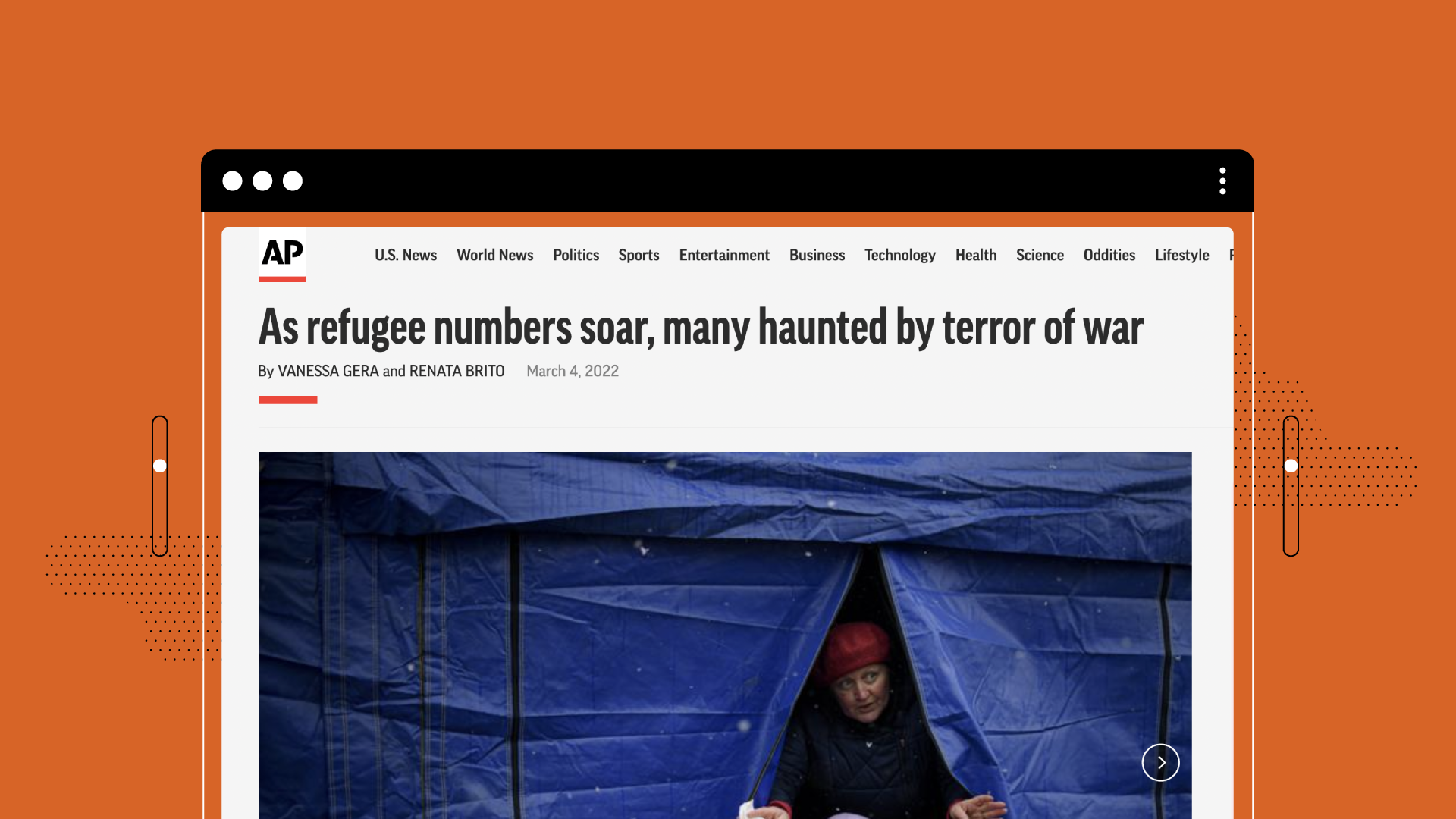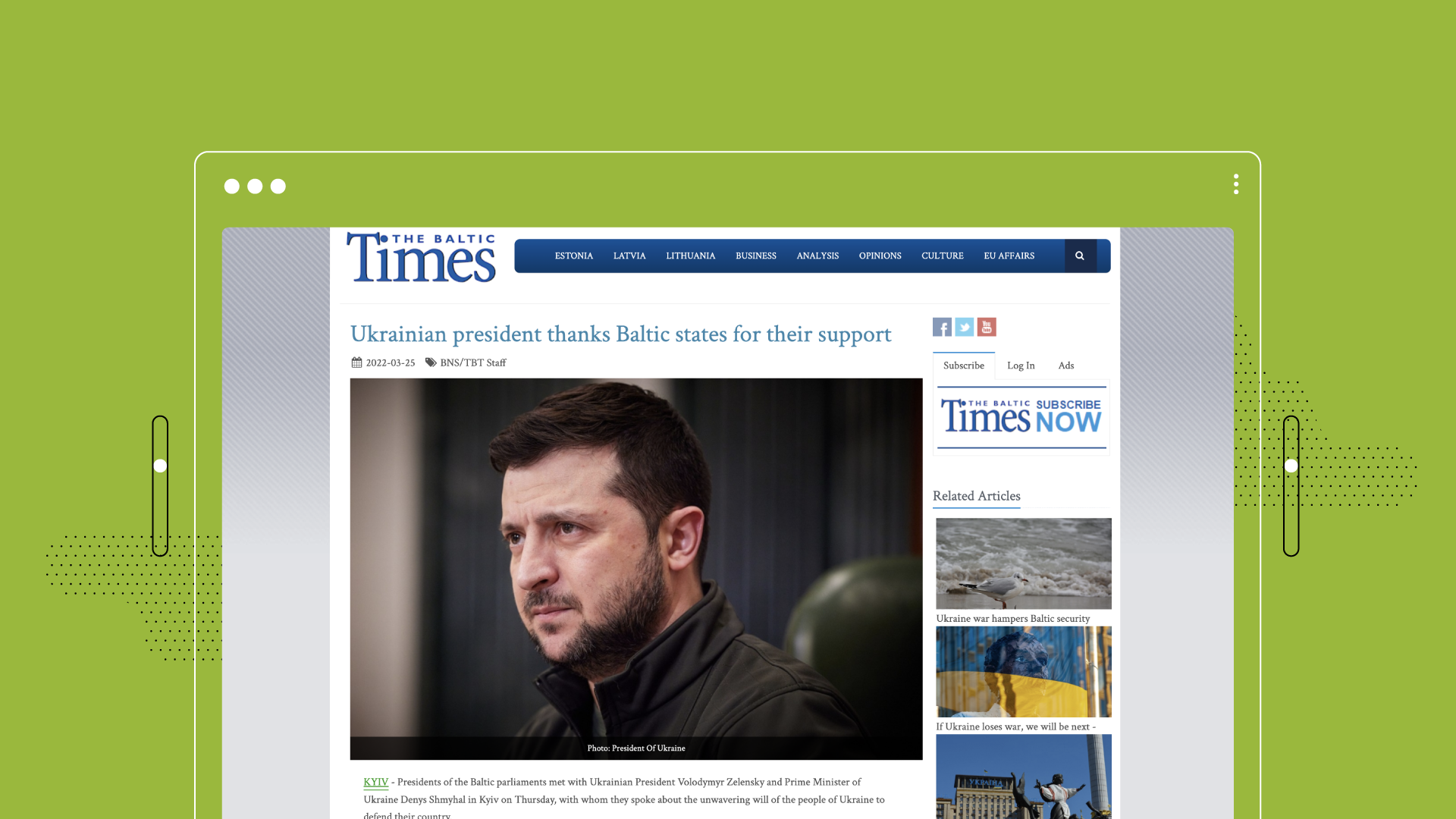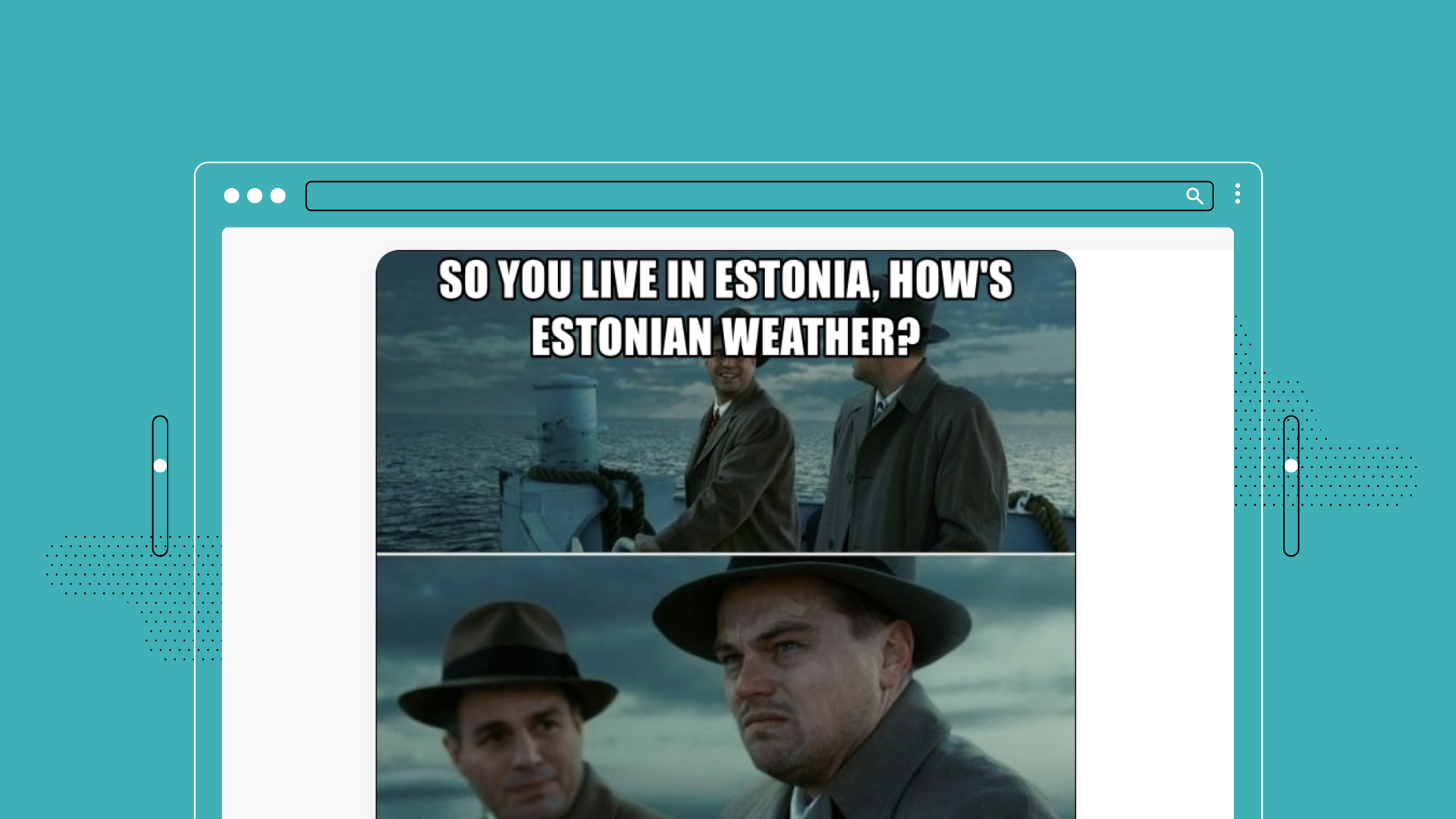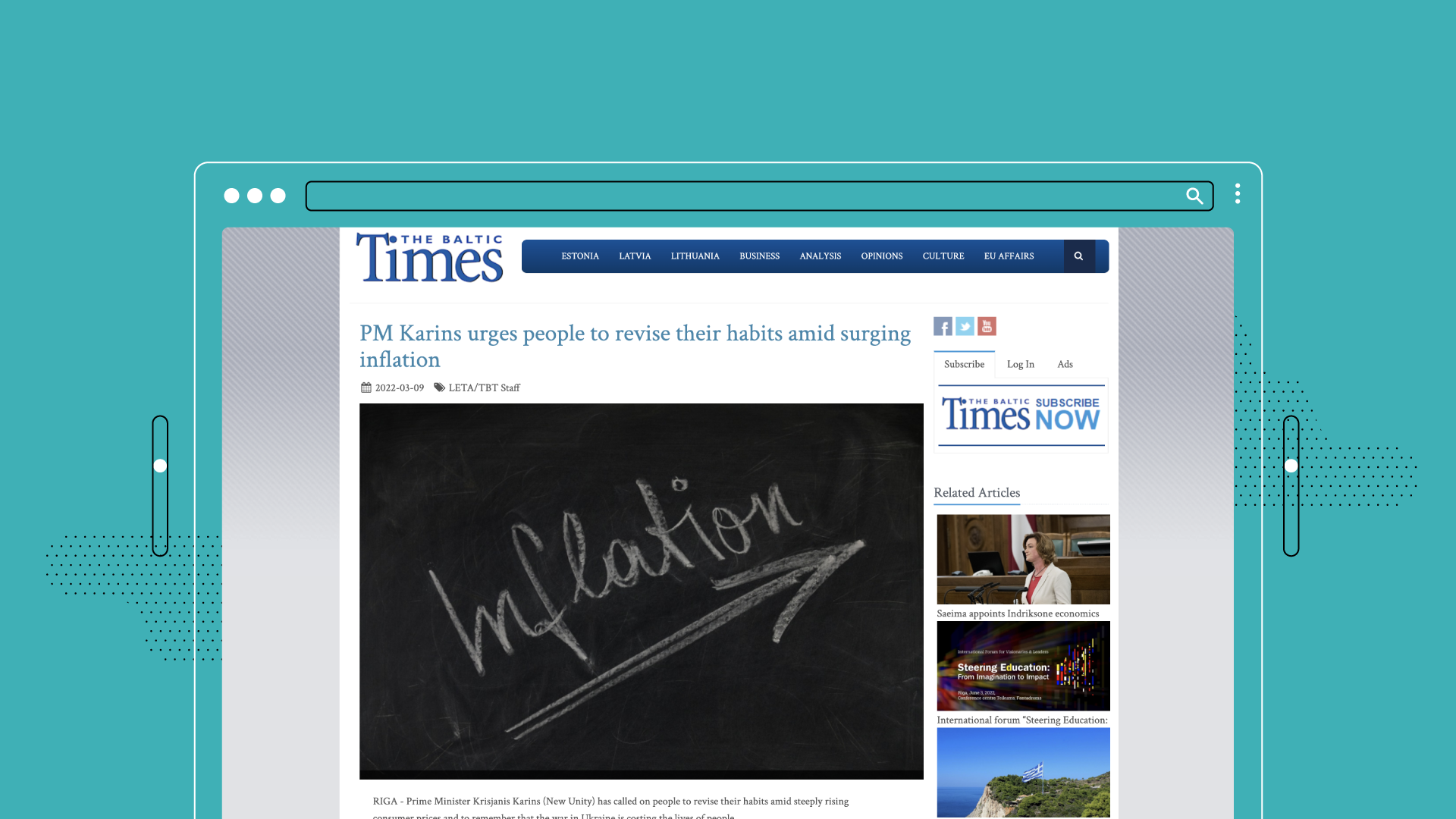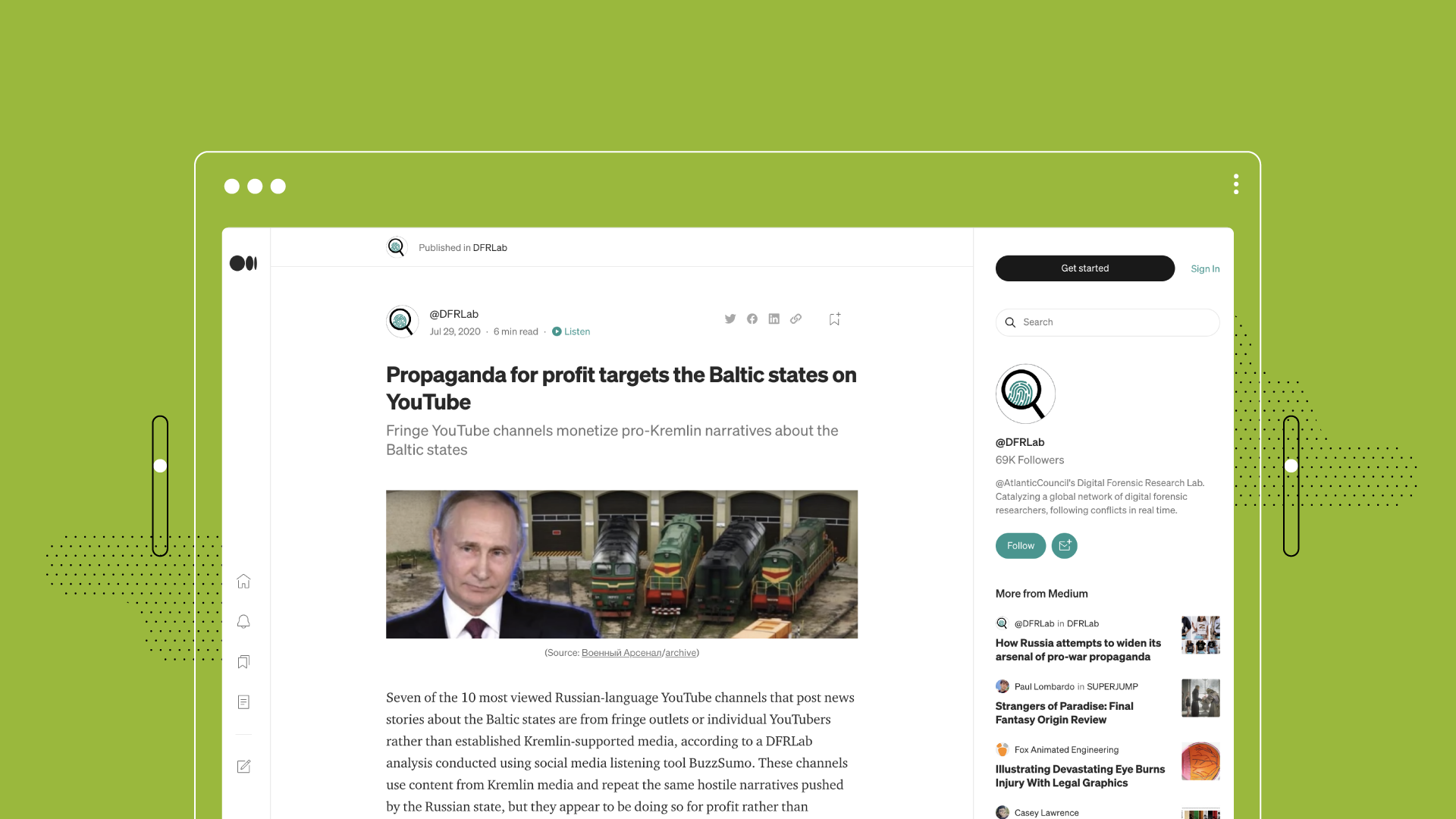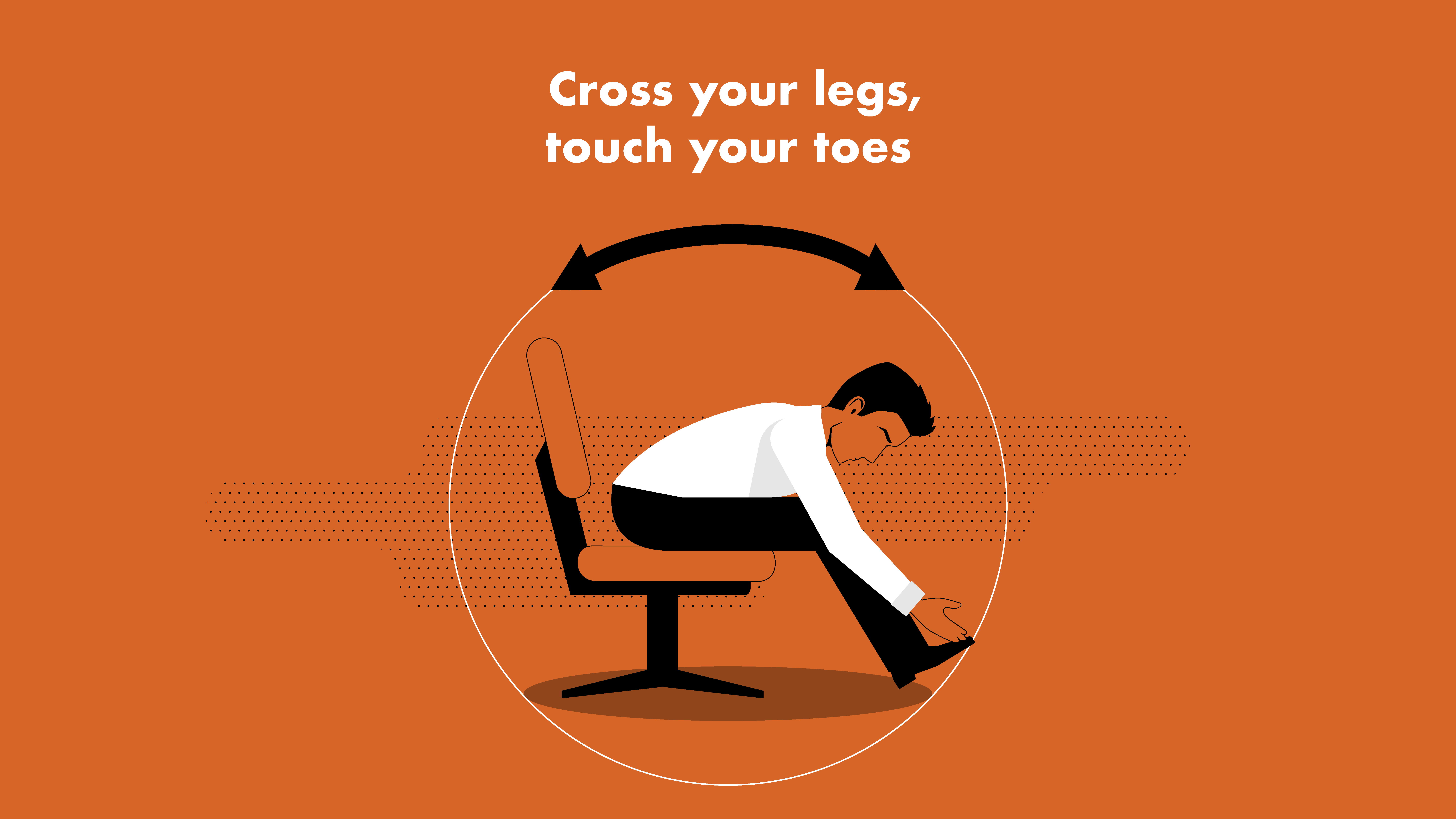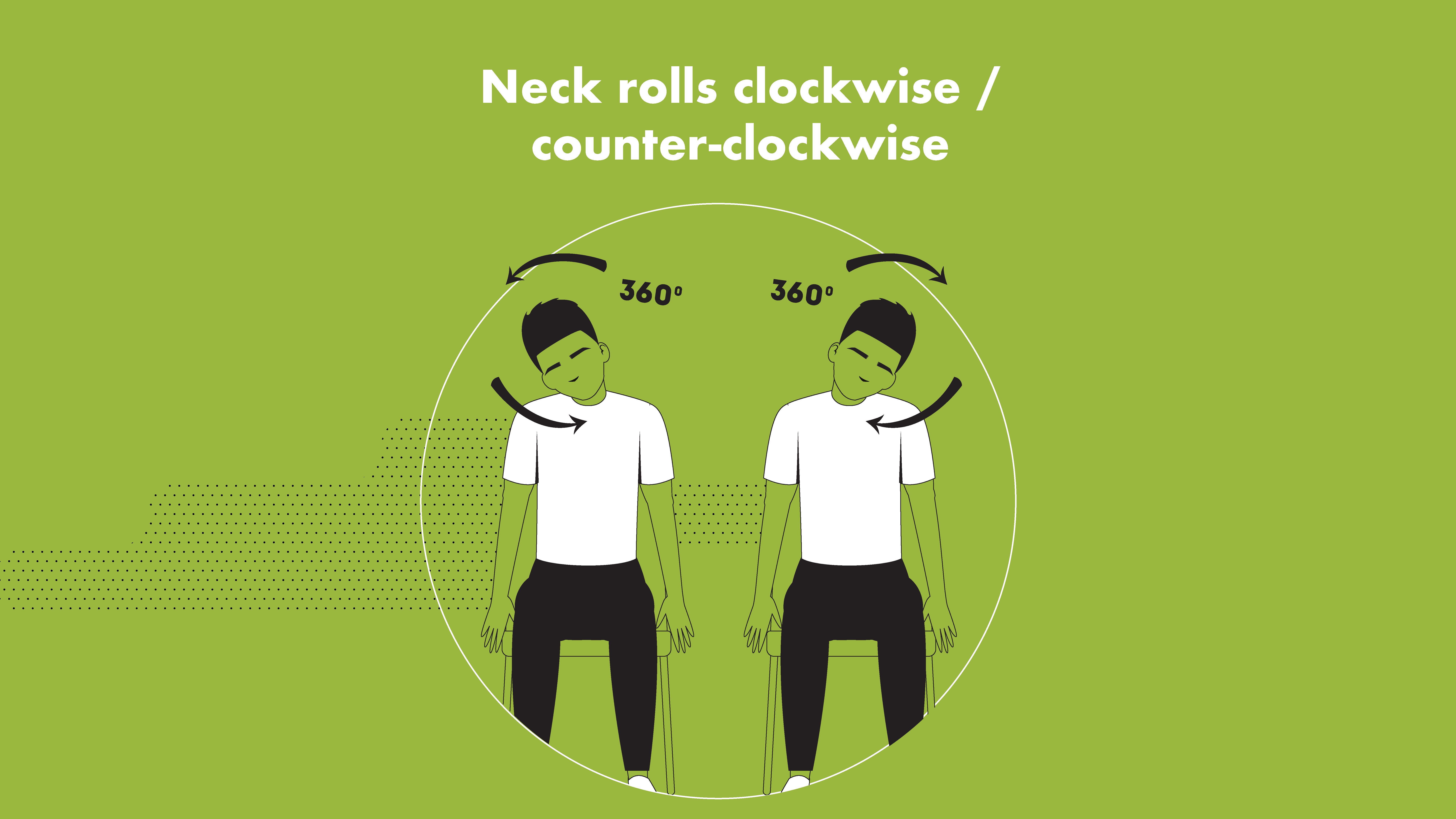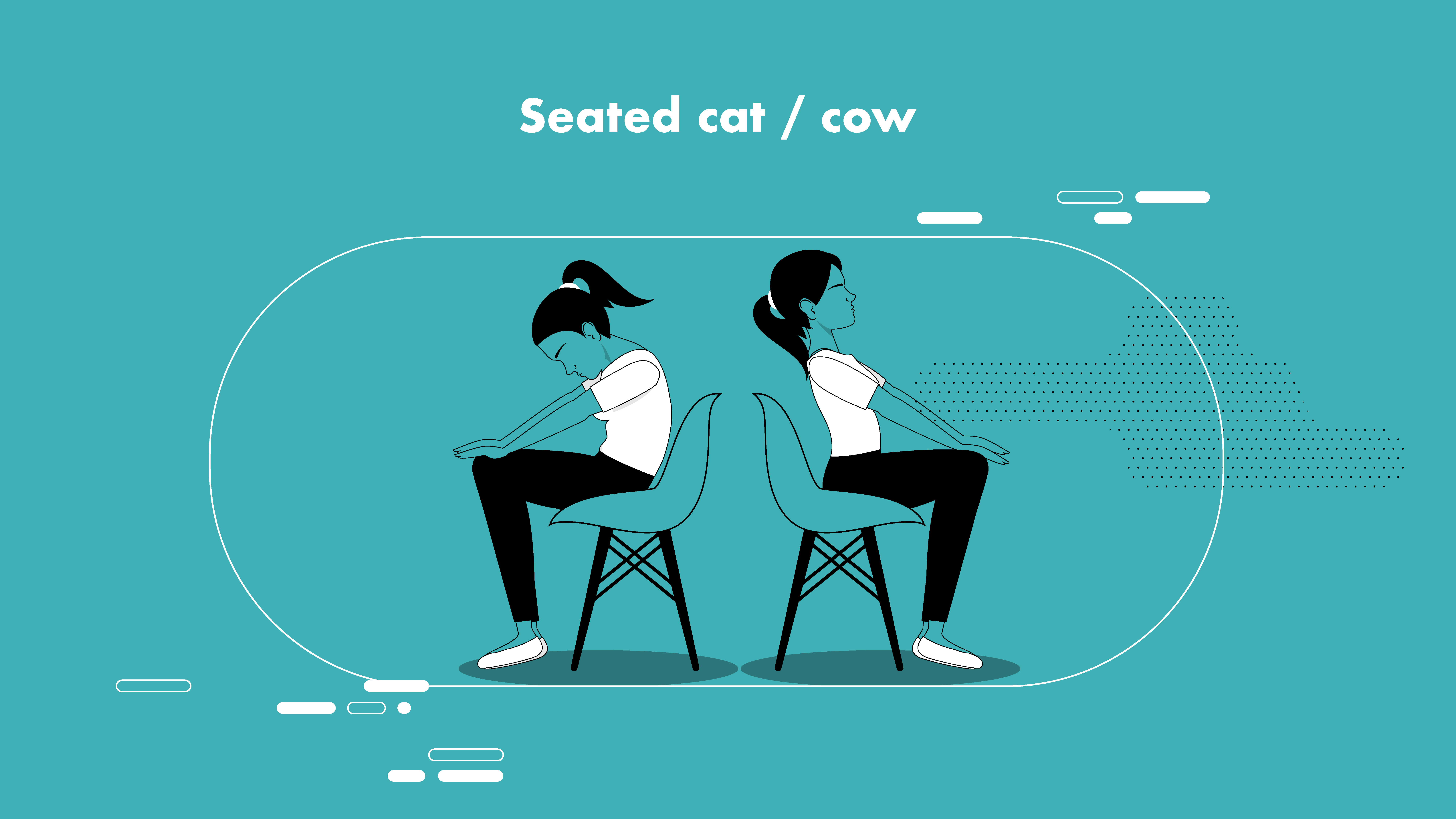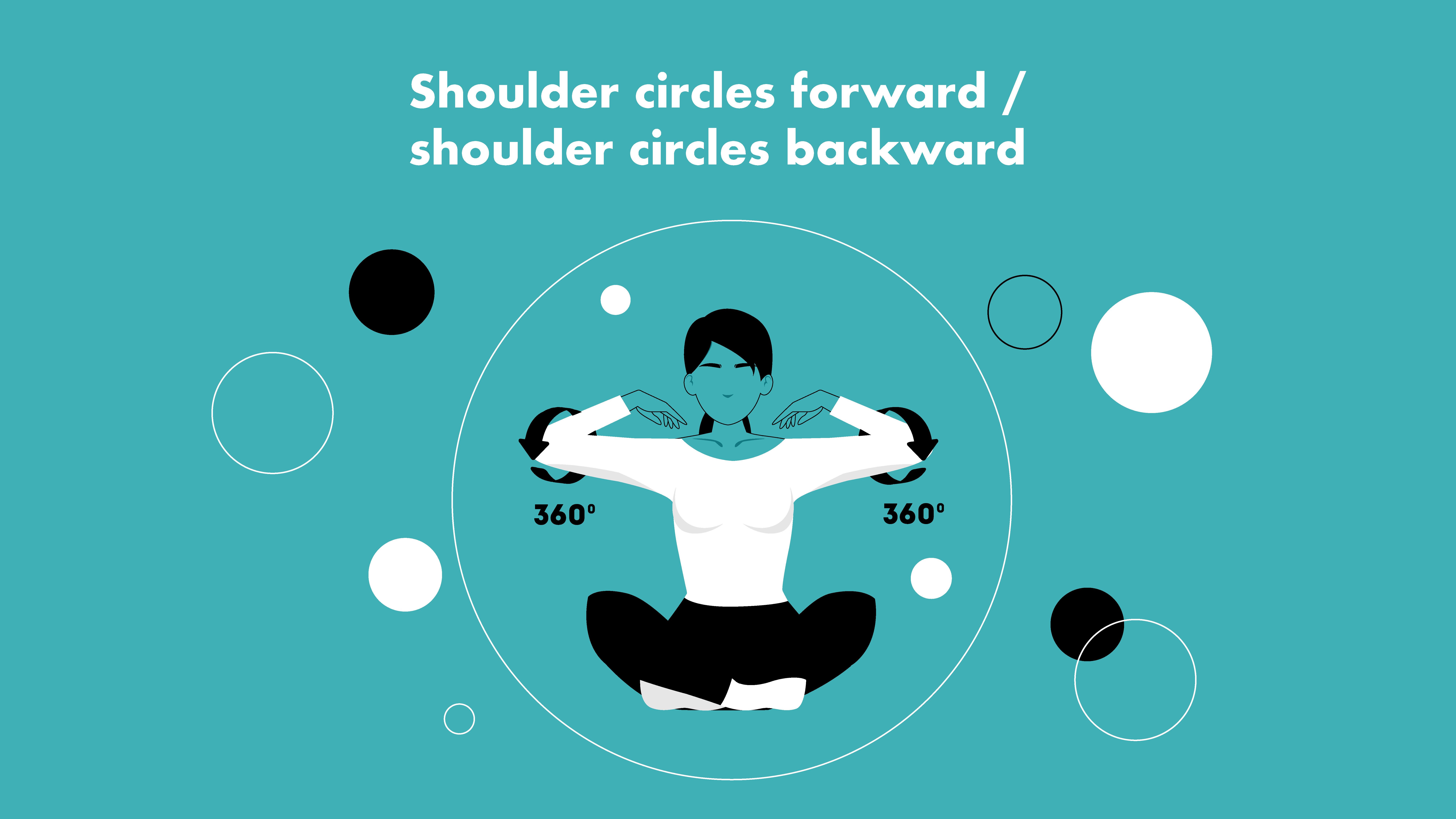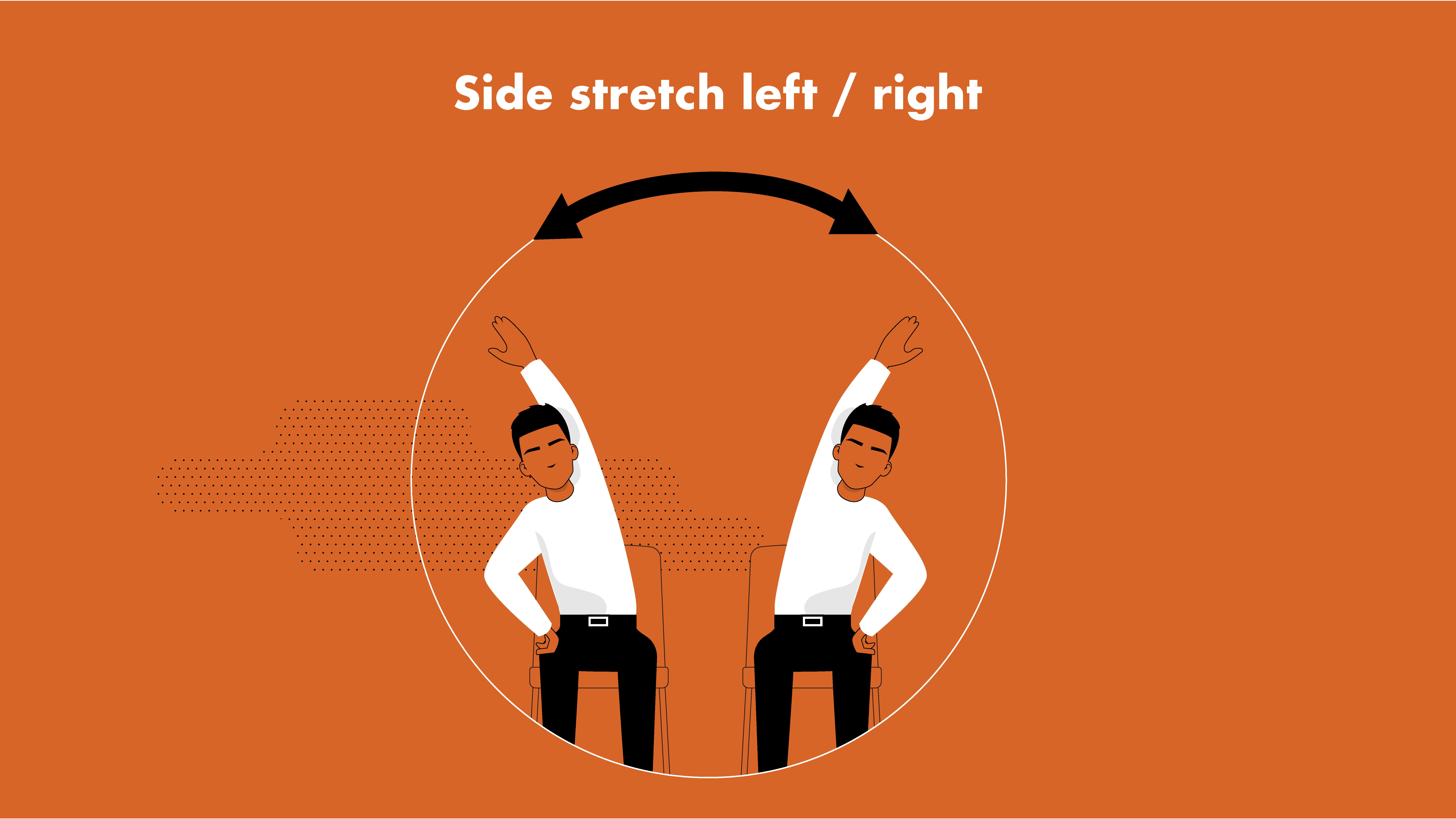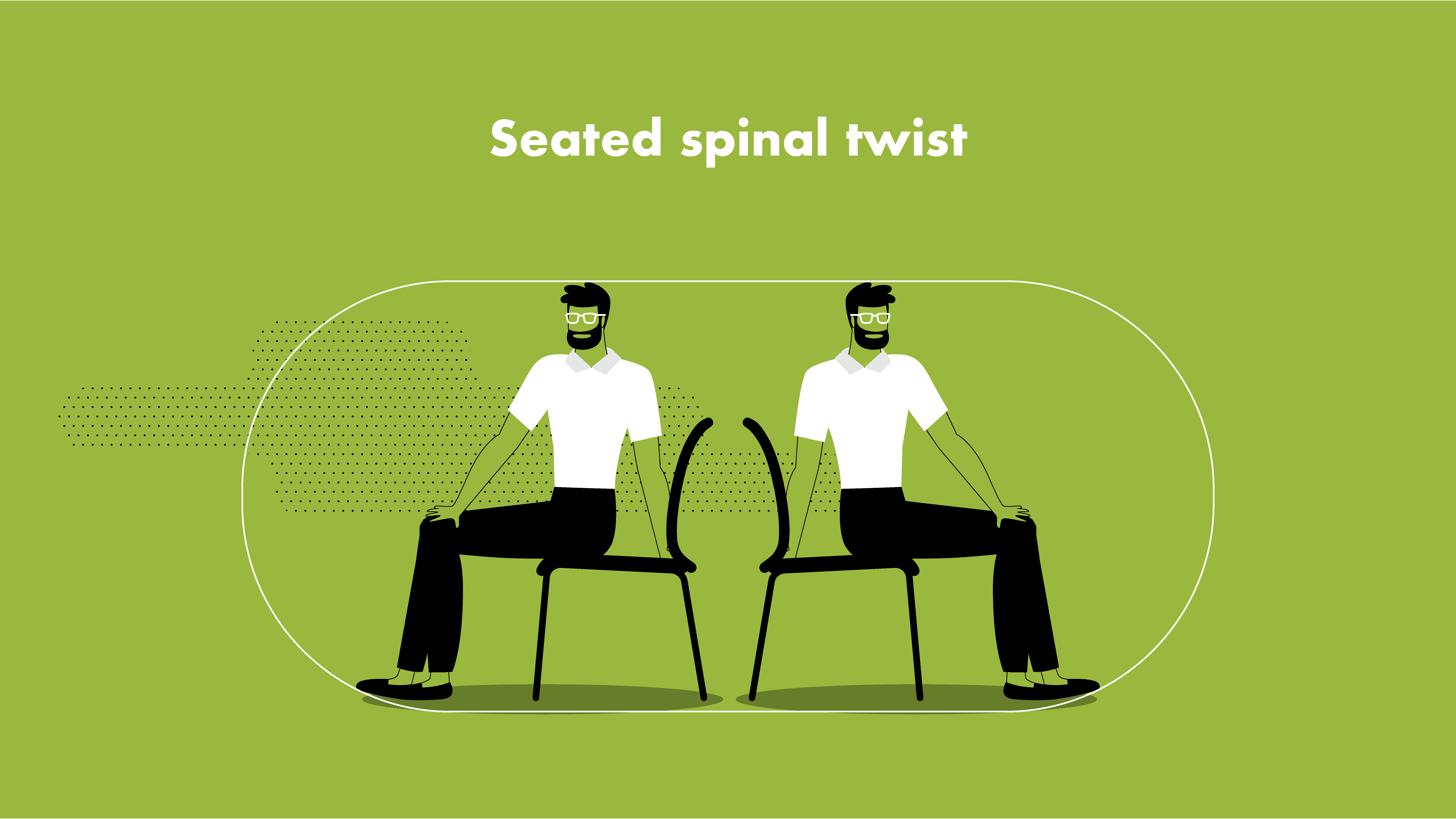This website uses cookies to improve user experience.
Read more: Terms and conditions
Information Ecosystem
We live in a time when the media landscape is rapidly changing. Media now encompasses everything from articles in newspapers, books, and flyers to evening news shows, podcasts, and the holiday photos you share on Instagram.
Our interaction with the media has also changed. We are no longer simply passive listeners, readers, and viewers; we are now creators and sharers of information! In addition, our interests and online behavior have also become products. This information is collected and used to display microtargeted ads that we might find more appealing or make suggestions (like Netflix and YouTube recommendations) to make us stay on our devices longer.
The volume of information can be so overwhelming that it can make knowing what to believe and which sources to trust an exhausting task. Within this information ecosystem, it’s easy to let down our guard as we sift through information or want to jump to a link quickly. Have you ever just clicked “I accept” without reading the actual terms and conditions of a website? You’re not alone–most of us do it!
We need skills to analyze, evaluate, share, and even create messages. We need to analyze and evaluate our own reactions and emotions. This is the basis of media literacy.
Let’s begin by learning about the different types of content and finding out which are intended to inform us and which to persuade us.
Types of Content
Did you ever notice that some stories aim to inform you while others try to persuade you to do something or think a certain way? Let’s find out what the characteristics are that differentiate these types of information.
Name it to Tame it
Strong emotions are a key factor in making viral online content. Getting us angry drives up clicks, shares, and comments. Think about it – when’s the last time you saw a headline in your social media feed that made you so angry that you commented on it or shared it with others? What was it about the headline that made you do this?
Checking whether a story made you emotional is the first step to getting a sense of whether you are being manipulated. Not all stories using emotional language are untrue, of course. There is no lack of truly tragic events in the world. But it’s one of the signs that something could be wrong – the use of highly emotional narratives and graphic images often signals an attempt to manipulate. It means that you should learn to pause, understand what you’re feeling, and check the facts to see if the reality is as dramatic as the story.
While we recognize emotions in others, we do not always pay attention to our own emotions. Dr. Dan Siegel, a clinical psychiatry professor at the University of California, believes that if you identify the emotion you are having (to name it), you will be able to control the emotion (to tame it). There is a slogan to help you remember this tip – name it to tame it!
Try following these three steps:
Pause: Turn your head away from the screen after viewing an image or article that provokes you. Take a deep breath.
Ask yourself: How am I feeling?
Say: Name and accept your emotion – regain control of your logical brain!
If it is hard to describe what you’re feeling, you can use this wheel of emotions.
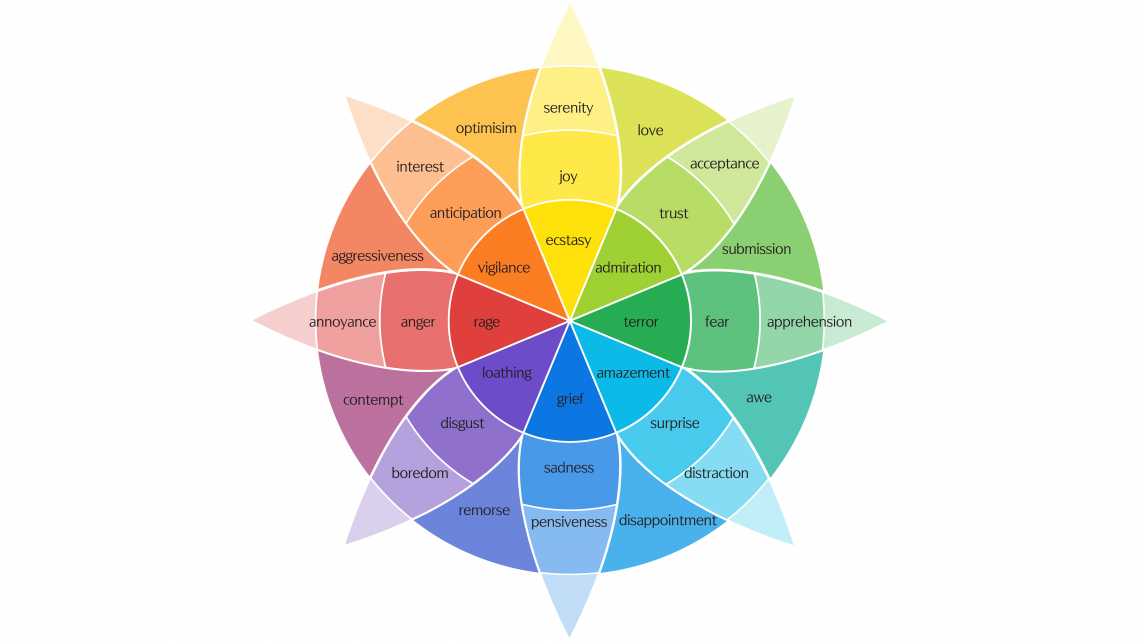
Let’s See How It Works
Take a look at these images and think about how they make you feel.
If you want to learn more, watch a short video in which Dr. Dan Siegel talks about this concept.
Consumption Log
What does your typical day look like? Do you wake up and scroll through your newsfeed? Do you listen to your favorite podcasts, watch TV or YouTube while having breakfast, or while jogging? Does your day end with your phone in your hands, too? Do you ever read magazines and newspapers?
Have you ever thought about how much time you spend consuming media every day? An hour or two? Three? Eight? Or even more? Let’s count. Don’t forget about the time you spend watching TV and scrolling through your newsfeed at the same time!
Internet media (including social media)
The internet has become an integral part of our lives. We google how to repair a bicycle or cook a new dish, read the latest news from around the world, and watch and create TikTok videos. So how much time do you spend on the internet? If you find it hard to count, some phones track it automatically with built-in apps like “Digital Wellness” or you can find this information in the settings for battery usage.
On average, how much time per day do you spend online doing the following:
News (news stories, analytics, and opinion columns)
Entertainment (streaming platforms like Spotify, Netflix, Tet Plus, Jupiter, online games)
Education and Science (online courses, tutorials, online encyclopedias)
Services (online shopping, online banking, and accommodation searches)
Social media (Instagram, TikTok, Twitter, Vk, Snapchat and others)
Messengers (Telegram, WhatsApp)
Print media
Some people might subscribe to daily newspapers or weekly magazines. Others might only browse the newspaper from time to time, like on the train, at a café, or at the dentist’s office. Think about how much time on average per day you spend reading print media.
Results
up to 3 hours
You don’t seem to spend too much time interacting with the media. You are not overwhelmed with information and can manage your time effectively. But it’s not just the quantity of information that’s important; finding quality information and using your critical thinking skills are essential. Keep this in mind and learn more in the following units.
Results
from 4 to 7 hours
The media occupies a significant part of your day. You receive quite a lot of information.
Remember to manage the amount of time you spend interacting with the media. It’s not just the quantity of information that’s important; finding quality information and using your critical thinking skills are essential. Keep this in mind and learn more in the following units.
Results
8 hours and more
Wow! You spend a LOT of time interacting with the media. Are you sure that you are able to process all that information and stay focused and critical at the same time?
Too much information noise can overwhelm you and decrease your ability to think critically. Remember to manage the amount of time you spend interacting with the media. But it’s not just the quantity of information that’s important; finding quality information and using your critical thinking skills are essential. Keep this in mind and learn more in the following units.
Digital Wellness
The media is an essential part of our lives, but it is just as essential to take breaks to free your body with physical activities, and to free your mind. Digital wellness is a concept that describes the pursuit of keeping a healthy relationship with technology. It is needed to avoid physical pain, anxiety, and apathy, which is an issue identified by scientists as one of the main digital threats to democracy. We are overloaded with information. Frequently it is negative (further in the course we will learn why the media includes negative information in their agenda). We are also surrounded by disinformation and misinformation (the course will help you to detect it). But for now, let’s practice some exercises for your general wellbeing.






